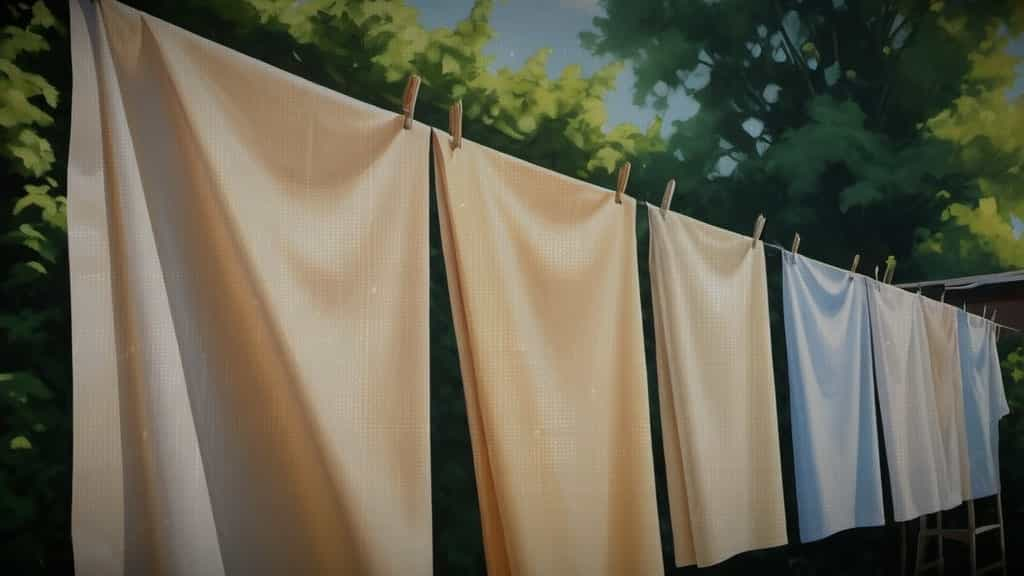Flat Rate Shipping to the Continental US

The other day, I found myself staring pensively into the abyss of my linen closet (or perhaps it was just a rather cluttered shelf – a linen cupboard, if you will). Amongst the jumble of mismatched towels and threadbare pillowcases, I spotted a set of sateen sheets, gleaming like a beacon of forgotten luxury. This, naturally, led me down a rabbit hole of textile-based contemplation, specifically: just how durable is sateen, anyway?
It’s a question that has plagued mankind (or at least those of us who appreciate a good night’s sleep) for generations. After all, we entrust these fabrics with our comfort, our well-being, our very dreams. The thought of them falling apart after a few trips through the wash is enough to send shivers down one’s spine (or is that just a stray thread tickling my neck?).
The experts I’ve consulted seem to agree that sateen is a rather resilient sort, at least when compared to its more delicate cousin, satin. You see, satin, that slippery temptress, is made with long, continuous fibers, which, while undeniably luxurious, tend to snag and tear more easily. It’s a bit like trying to build a house of cards out of spun silk – beautiful, but utterly impractical.
Sateen, on the other hand, is crafted from shorter, more tightly woven fibers, which gives it a certain robustness. It’s the difference between a charmingly cluttered antique shop and a sleek, modern art gallery – one is built to withstand the test of time, while the other requires kid gloves and a careful eye.
However, before you go tossing your sateen sheets into the washing machine with reckless abandon, there’s a catch (because, let’s face it, there’s always a catch). While sateen may outlast its silkier counterpart, it’s not quite as durable as some other cotton fabrics, particularly percale. Percale, you see, is like the sturdy, reliable workhorse of the textile world. It’s tightly woven in a simple, one-over-one-under pattern, which makes it incredibly strong and resistant to wrinkles. Sateen’s more intricate weave, while undeniably luxurious, leaves it slightly more susceptible to wear and tear.
But let’s not despair! Just because sateen may require a touch more care than its more rugged brethren doesn’t mean it’s destined for an early demise. Those in the know suggest that opting for high-quality sateen, with a thread count of 300 or higher, can significantly extend its lifespan. Think of it as investing in a well-tailored suit – with a little bit of attention and the occasional spot-cleaning, it can last you for years to come.
In the end, the durability of sateen, much like life itself, comes down to a delicate balance: a dash of indulgence, a sprinkle of practicality, and perhaps a healthy dose of good luck. And if all else fails, well, there’s always the comforting familiarity of those mismatched towels and threadbare pillowcases.

Introducing the Allister Sofa, a masterpiece of comfort and style designed to elevate any living space. Carefully crafted, this sofa embodies modern elegance with its smooth, clean lines and plush, comfortable seating. The high-quality fabric upholstery, available in a range of chic colors, is durable, ensuring the Allister Sofa looks luxurious and is built to last.